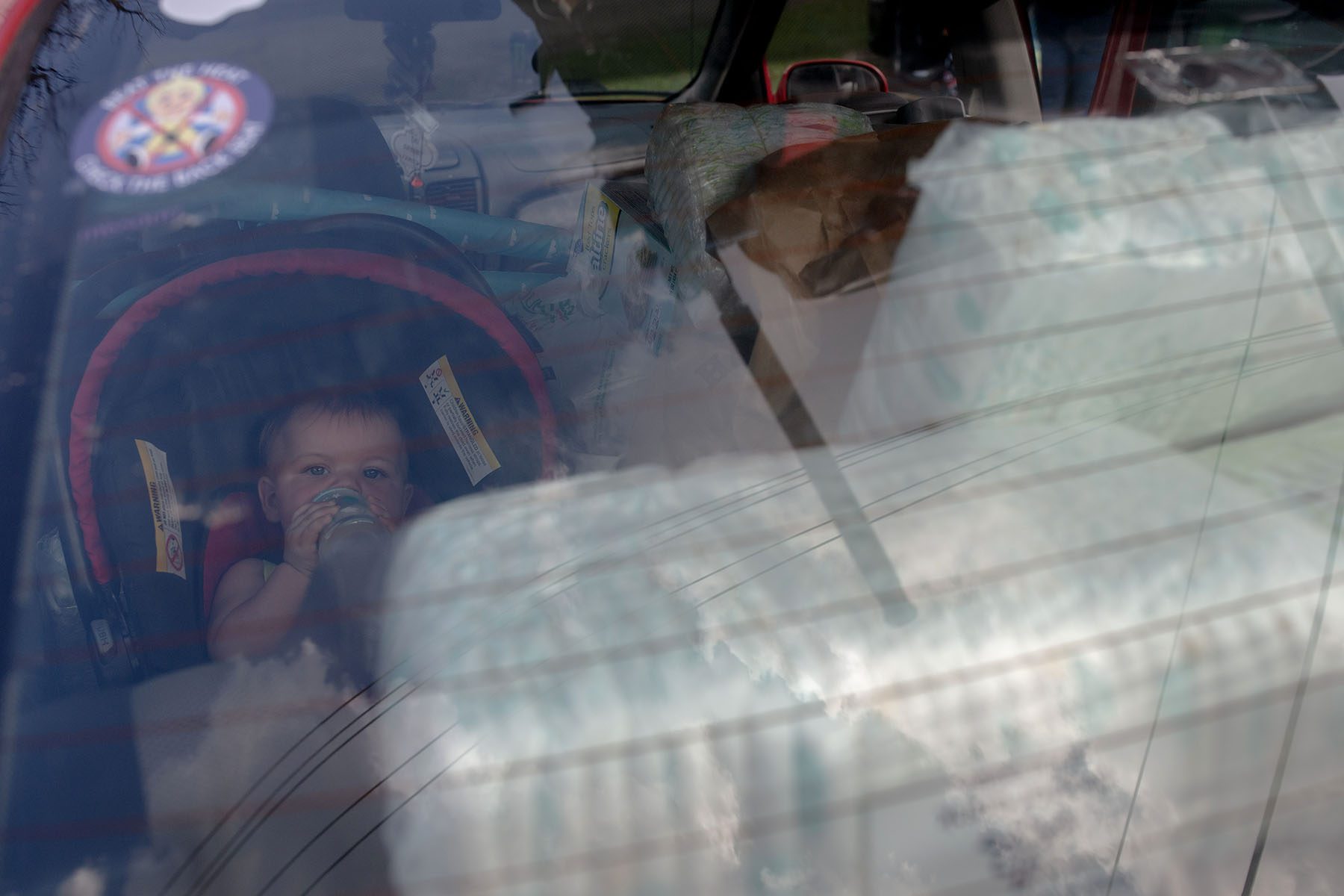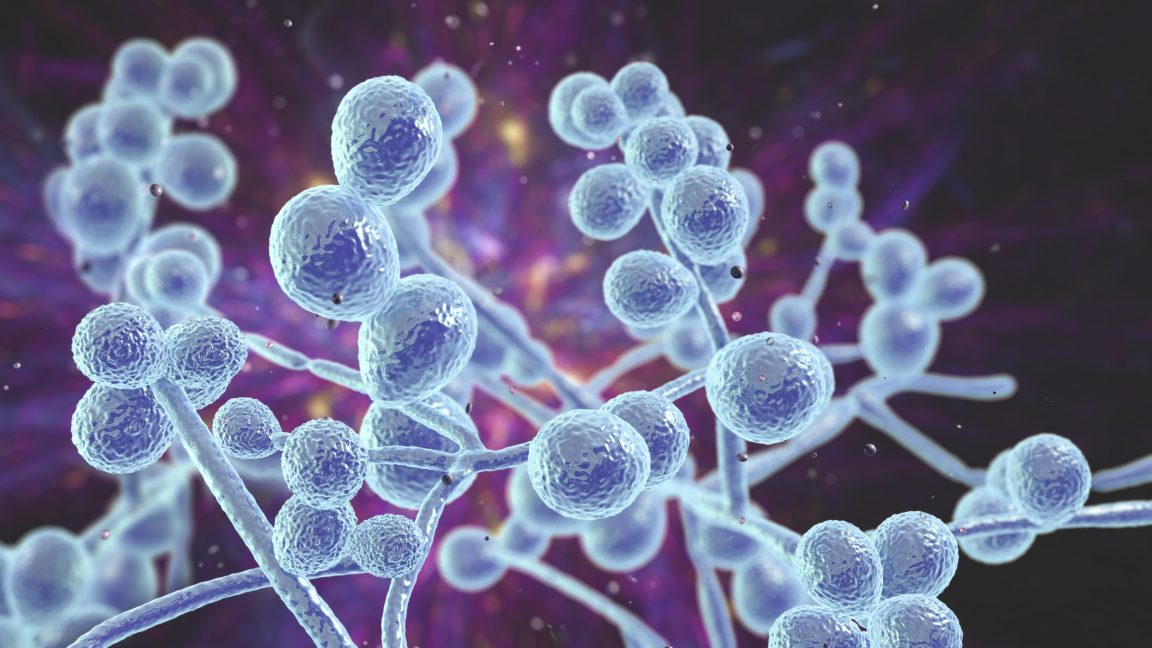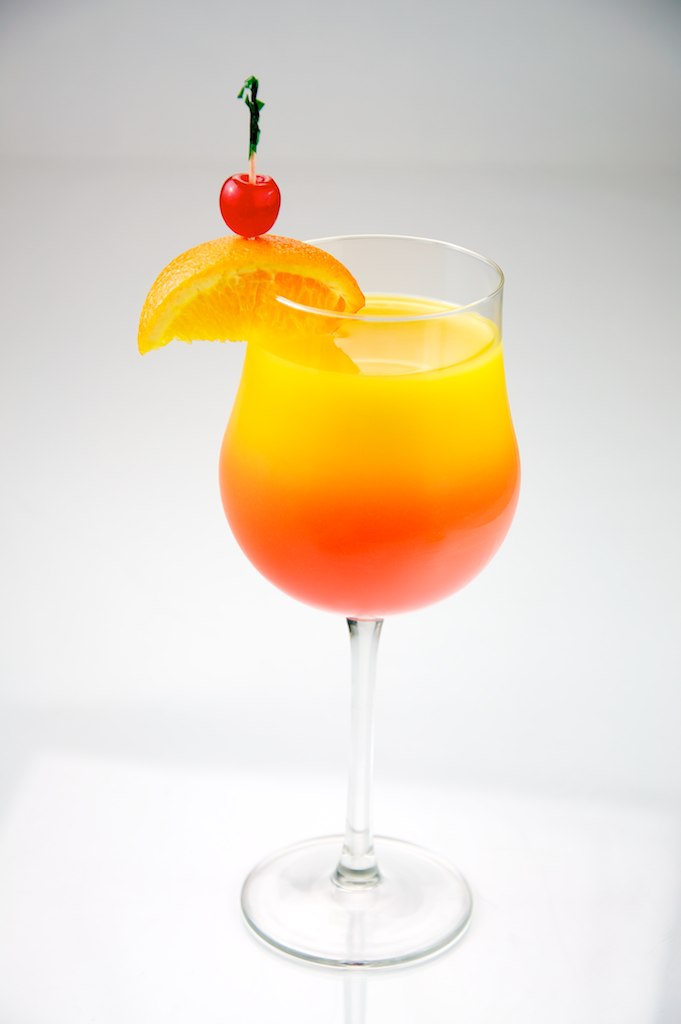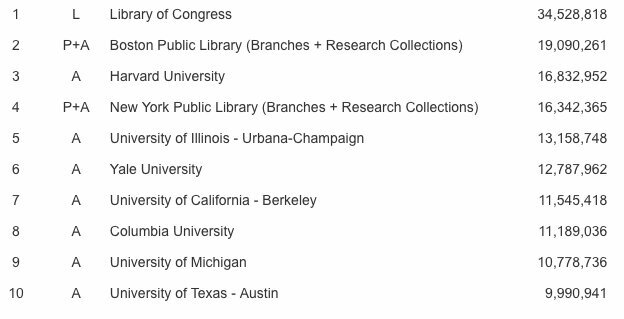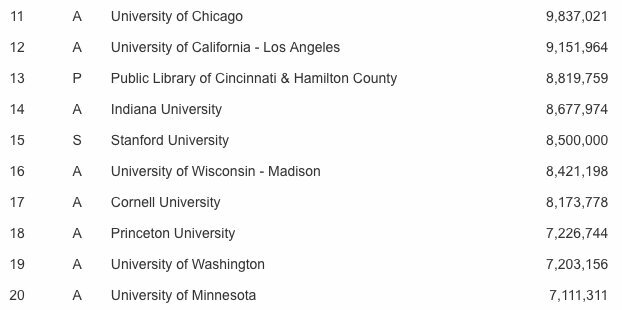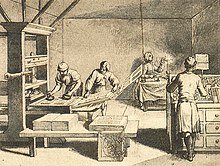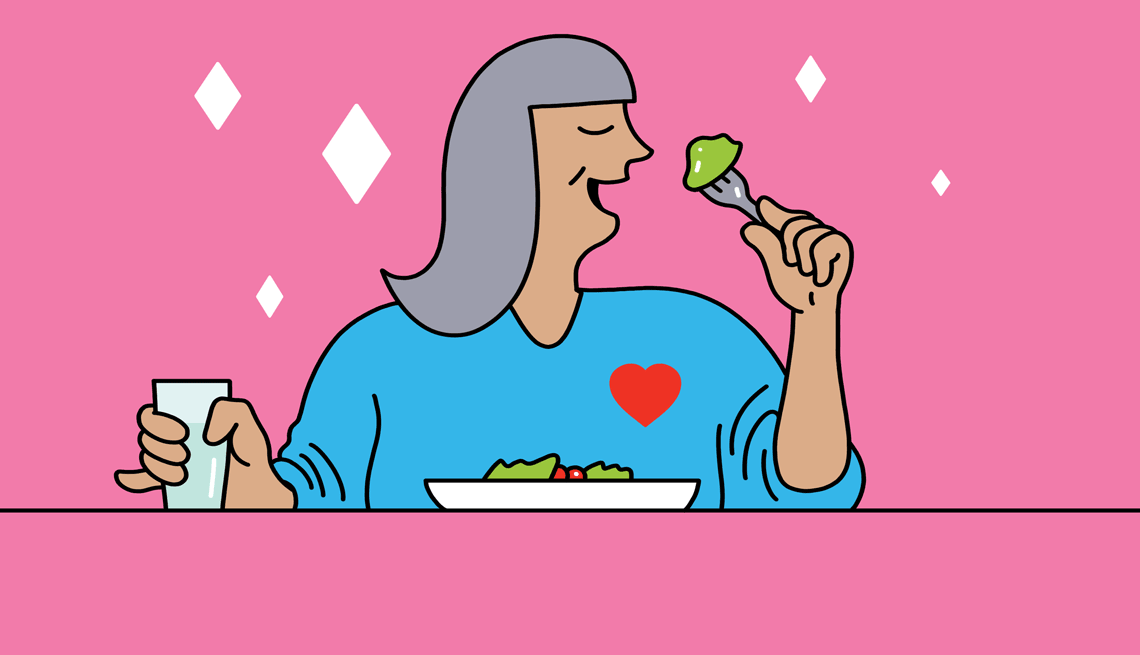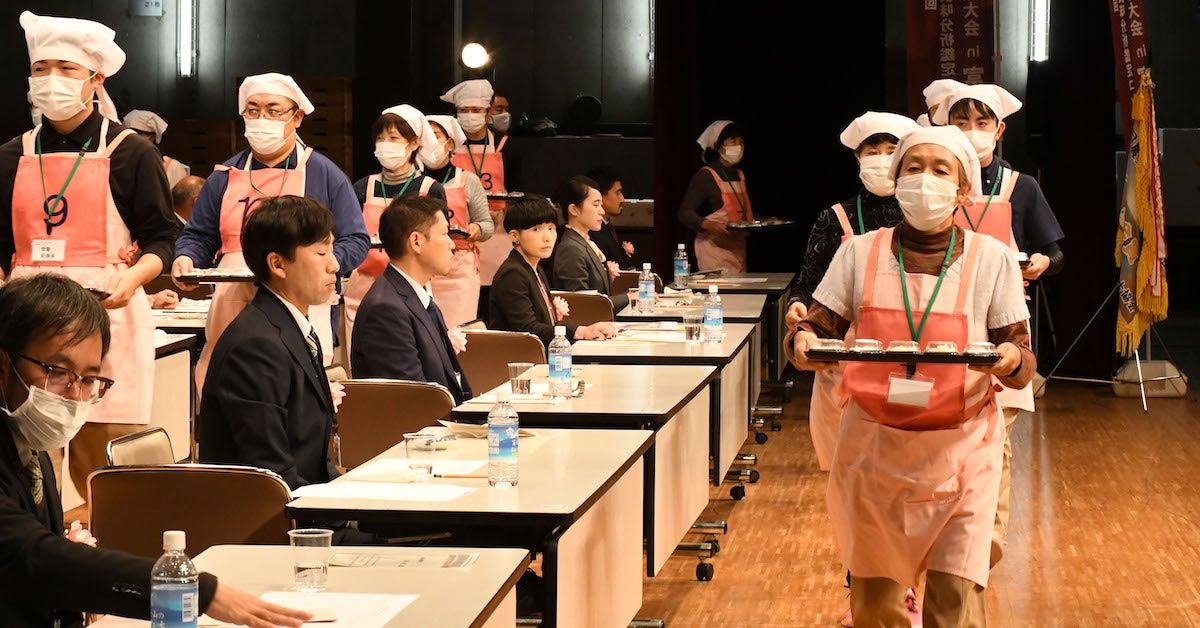Senescence or biological aging is the gradual deterioration of functional characteristics in living organisms. The word senescence can refer to either cellular senescence or to senescence of the whole organism...
More than 300 different theories have been posited to explain the nature and causes of aging. A good theory would both explain past observations and predict the results of future experiments.
The theories fall into two broad categories:
- Aging is programmed
- Aging is a result of accumulation of damage
One of the most prominent theories of aging was first proposed by Harman in 1956. It posits that free radicals produced by dissolved oxygen, radiation, cellular respiration and other sources cause damage to the molecular machines in the cell and gradually wear them down. This is also known as oxidative stress. There is substantial evidence to back up this theory. Old animals have larger amounts of oxidized proteins, DNA and lipids than their younger counterparts.
Last edited:

